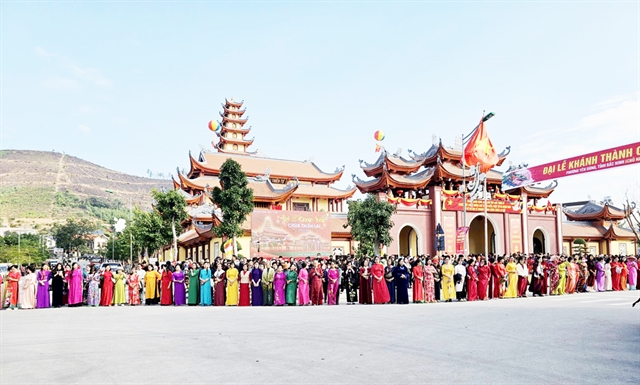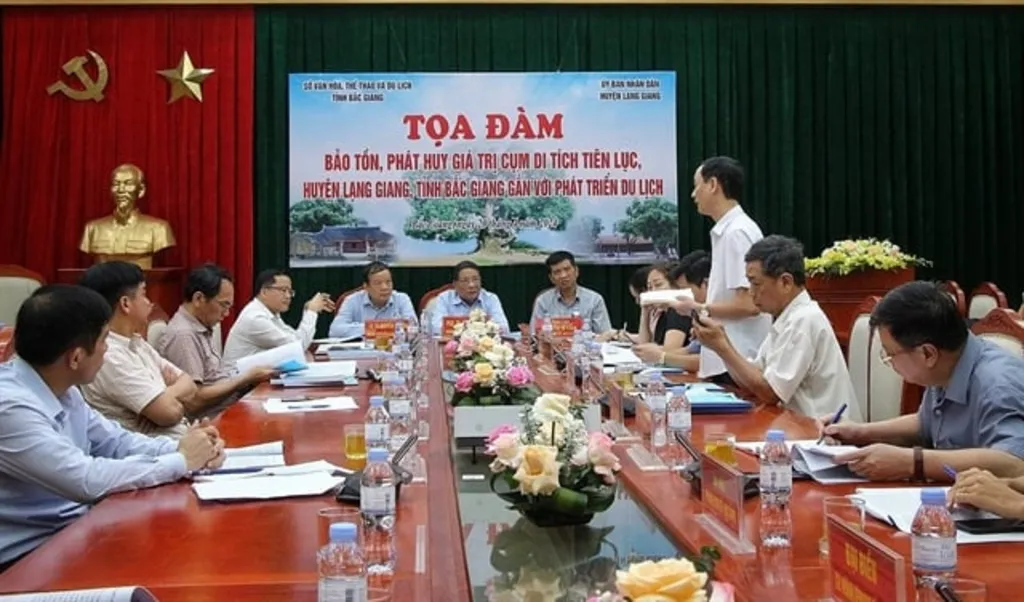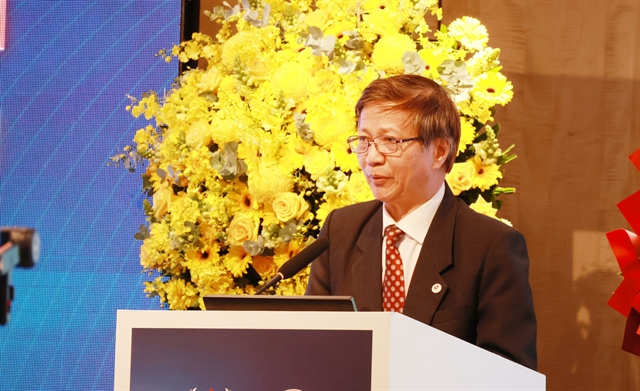 Life & Style
Life & Style

 |
| Participants at the seminar discuss about cultural values of Tiên Lục relic site and its potential for local tourism development. VNS Photo |
BẮC GIANG Tiên Lục relic site in the northern mountain province of Bắc Giang's Lạng Giang District has vast potential for tourism development and is eligible to submit to the Prime Minister for the title of national special relic site, experts have confirmed.
Management officials, scientists, historical and cultural researchers made their observations at as a seminar held on April 20 by Bắc Giang Province's Department of Culture, Sports and Tourism.
With theme as "Preserving and Promoting the Value of Tiên Lục Relic Site in Association with Tourism Development", the seminar aimed to discuss and highlight the historical values of Tiên lục, along with potentials for development of local tourism products.
Deputy Director of the Department of Culture, Sports and Tourism of Bắc Giang Province, Nguyễn Sỹ Cầm said: "More than 300 years, the Tiên Lục relic site including Phúc Quang Pagoda, the temples of Tiên Lục, Thuận Hòa and Viễn Sơn, and a Dã Hương (Cinnamomum camphora) are still preserved relatively intact in terms of unique and rich architecture, shape and decorative carvings featuring style of the Lê Trung Hưng era during 17th-18th centuries such as shapes of large dragons, animals, fairies riding dragons and wrestling scenes.
"The shapes and architectures are also interwoven between carved panels of the Nguyễn Dynasty in 19th century."
Based on local historical sources and Sino-Nom documents including a stone incense tree in Phúc Quang Pagoda, ancient parallel couplets and inscription on the bell at the pagoda dated the 3rd Vĩnh Thịnh reign (1707).
The Tiên Lục relic site also owns a system of ancient Buddha statues and many ancient objects and artefacts such as nearly 100 Buddha statues preserved in Phúc Quang Pagoda, among them, most are ancient of the Nguyễn Dynasty of the 19th-20th centuries. The legend and vestiges in Tiên Lục Village clearly state that the relic site worships four tutelary Gods.
Among the four Gods, the most special is the ancient tree called Dã Hương which was conferred by King Lê Cảnh Hưng (1740 - 1786) to be worshiped as a God in Viễn Sơn Temple.
Accordingly, a story was told that when the king passed through this area and saw a large and beautiful Dã Hương tree, he conferred on the tree a title as a 'national lord of wood' which means the Dã Hương tree is the biggest and most beautiful in the country.
The thousand-year-old Dã Hương tree, unique in the world, is attached to the land and people of Tiên Lục, and has become a cultural beauty, a very rustic, intimate, and sacred symbol in Vietnamese cultural space, according to experts.
It is not just a proof of cultural history, the tree also has scientific, economic, as well as medical values, the experts said.
Participants at the seminar discussed and exchanged views, contributed opinions and provided documents about the relic site. In particularly, many of them affirmed that the relic had great historical, cultural, scientific, architectural, and artistic values. They also emphasised the relic has many potentials for tourism development and is eligible to submit to the Prime Minister for a decision on ranking it as a special national monument.
The experts suggested that submission dossiers need to be prepared carefully and clearly focusing on highlights of special features of the relic such as the ancient Buddha statues, thousand-year-old Dã Hương tree, Tiên Lục traditional festival. VNS




